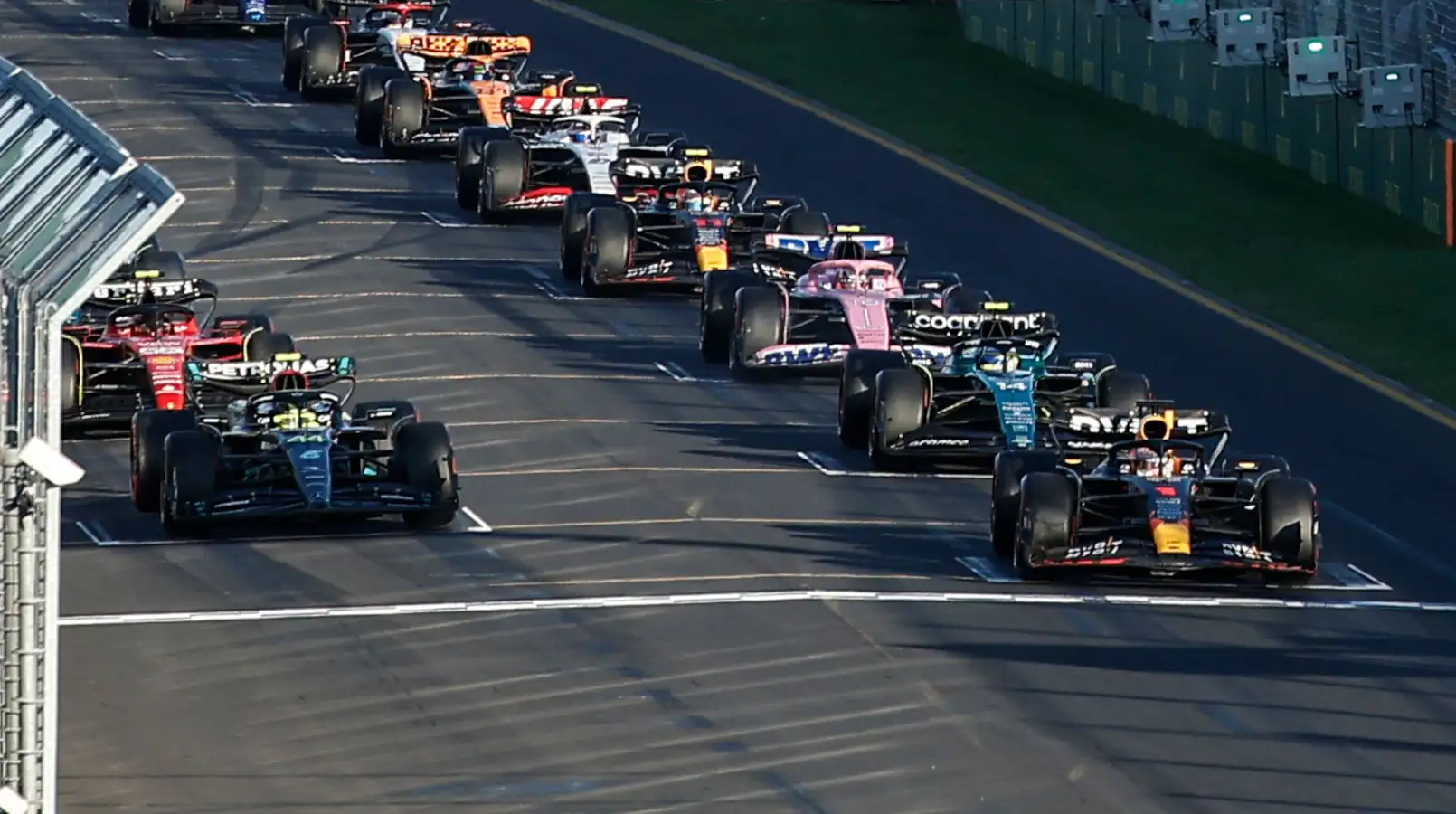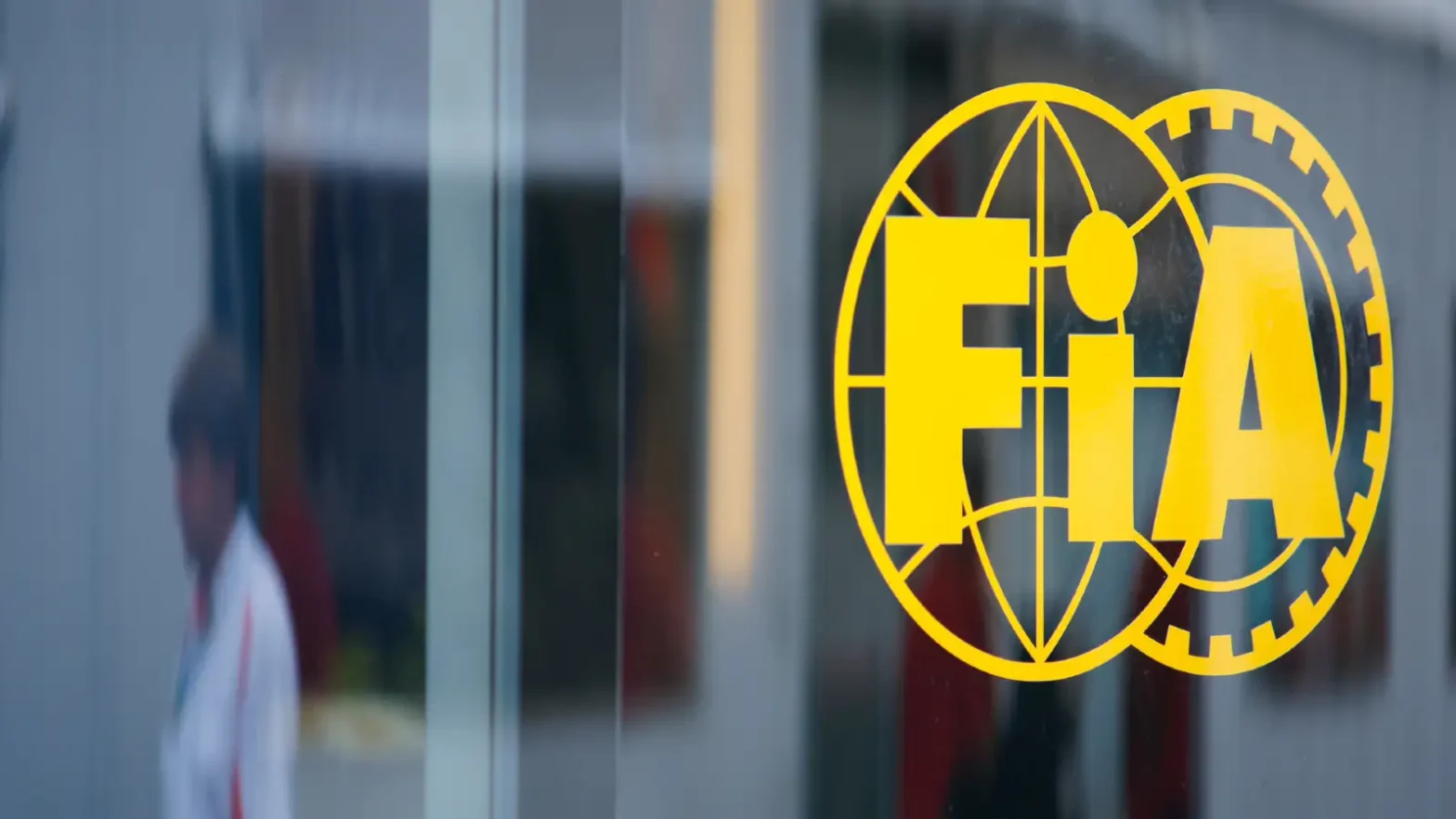McLaren team principal Andrea Stella explained that recent updates to the F1 2026 regulations have led to cars that will have “much higher downforce” and offer “more freedom” in their design.
Williams team boss James Vowles agreed, saying these changes will be “good for the sport,” as the 2026 grid could feature cars with different designs, and their performance could be closer to the current cars.
F1 2026 car changes praised with two key achievements highlighted
Recent changes made by the FIA have resulted in an improvement that, according to FIA single-seater director Nikolas Tombazis, will make cars around two seconds per lap faster, bringing their performance “very close to the current cars” based on initial results.
With brand-new power units and a completely new chassis set for 2026, these changes are major ones that teams have been preparing for. Teams will officially be able to start working on their 2026 cars in the new year.
Stella noted that the recent regulation changes give teams more freedom in their designs and also improve the performance of the cars.
Stella explained to reporters in Brazil, “With the recent release of the car geometry, especially from an aerodynamic point of view, basically two main things have been achieved: One is a much higher downforce level and the second one is more freedom. We welcome both.

We welcome more freedom, I think this will give teams the possibility to just use their knowledge, use their methodologies, the knowledge that has been accrued over the years, even with different regulations, is a way of creating some differentiation.”
He added, “So we’ve always been advocating this kind of approach and we welcome the fact that there will be more freedom.”
Vowles also praised the changes, saying the solution found between the teams and the FIA is “much better” than what was there before. He complimented the “really good work done” by everyone involved in quickly finding a solution to help improve the cars.
Regarding the designs, he said, “We now have more freedom where you could see a different direction that you’re going in. So there’s more flow controlling devices in place, which lead to downforce, but differentiation between teams.”
Vowles also noted, “What’s been really positive as well is there’s still some small areas of improvement around the diffuser. But again, what’s great to see is teams and the FIA working hand in hand in order to improve that, because every time you make a change like that, it has some consequences.”
He concluded, “But I think what you’re going to see now is instead of all teams working in the same few millimetres, there’ll be some different concepts. I personally think that is good for the sport.”
